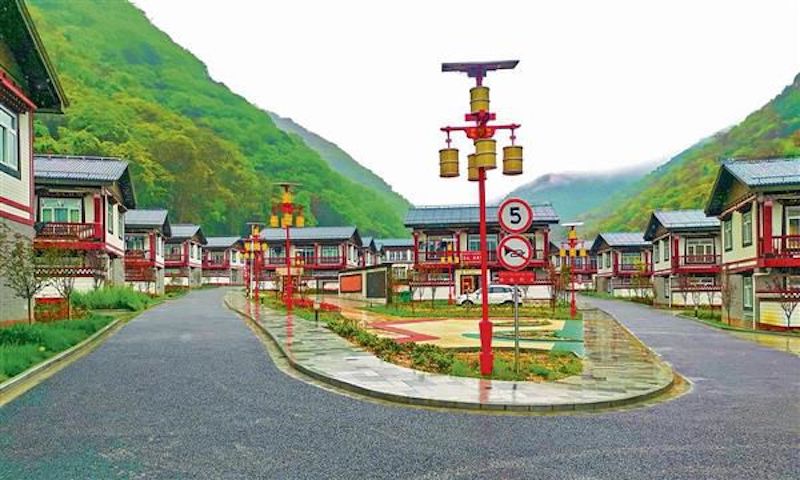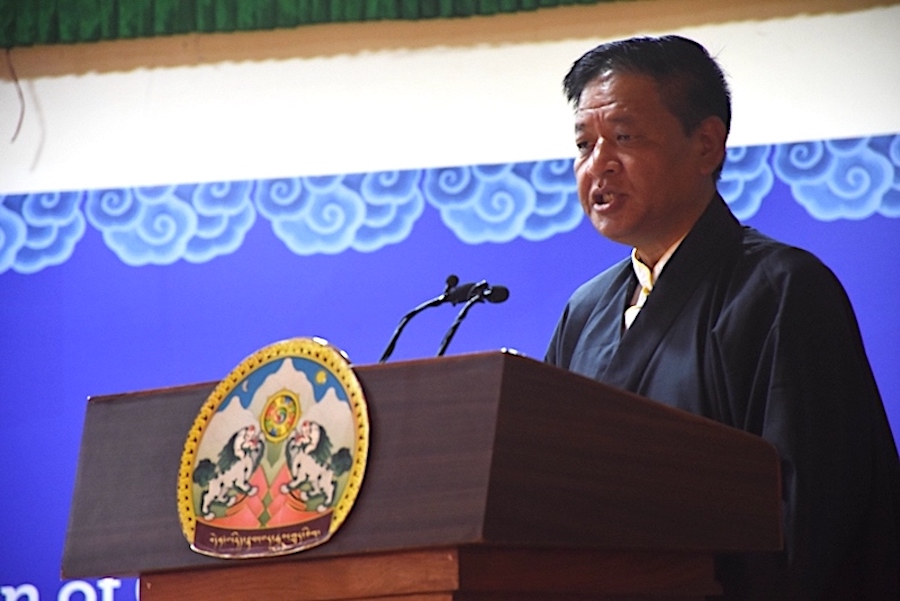By Tsering Dhundup
DHARAMSHALA, April 9: China is set to establish 175 additional border villages along its side of the Line of Actual Control (LAC) bordering Arunachal Pradesh state. These villages will supplement the existing 628 “Xiaokang” or so-called prosperous villages near the Line of Actual Control (LAC) according to multiple media reports.
Sources reveal that the purpose behind these new settlements is to strengthen territorial claims and enhance military preparedness along the LAC, which lacks on-ground demarcation. This initiative is part of a broader strategy to construct 900 LAC villages, including 200 near the Indian boundary, serving as monitoring points and potential military bases in case of conflict with India.
Reports in the media suggest that the Indian perspective not only examines the military implications but also the long-term ramifications. China could be aiming to establish a robust legal defence under the Border Defence Cooperation Agreement (BDCA) of 2005 with India. Article VII of the BDCA emphasizes safeguarding the interests of settled populations in border areas, suggesting that these villages may remain undisturbed during future LAC demarcations. Currently, Indian villages near these new settlements have low population density.
Besides village construction, China has undertaken extensive infrastructure development projects in Tibet and areas near the LAC. These include expanding the Nyingchi phase of the Sichuan-Tibet railway line, initiating work on the Hotan-Shigatse and Gyirong-Shigatse rail lines, and developing the Chengdu-Wuhan-Shanghai high-speed railway network.
Moreover, China’s 14th Five-Year Plan (2021-2025) involves upgrading national highways G-219 and G-318, which run parallel to India along the LAC. G-219 is opposite Ladakh and Himachal Pradesh, while G-318 is opposite Arunachal Pradesh and Sikkim.
These initiatives align with Beijing’s objectives of integrating Tibet into China and bolstering infrastructure development, aiming to deepen Chinese influence and assert power in the region. Recently, China conducted celebratory ceremonies along its side of the LAC, labelled as the “65th anniversary of democratic reform” in so-called Xizang which is the Chinese designated name for Tibet, in an attempt to conceal the annexation of Tibet.










